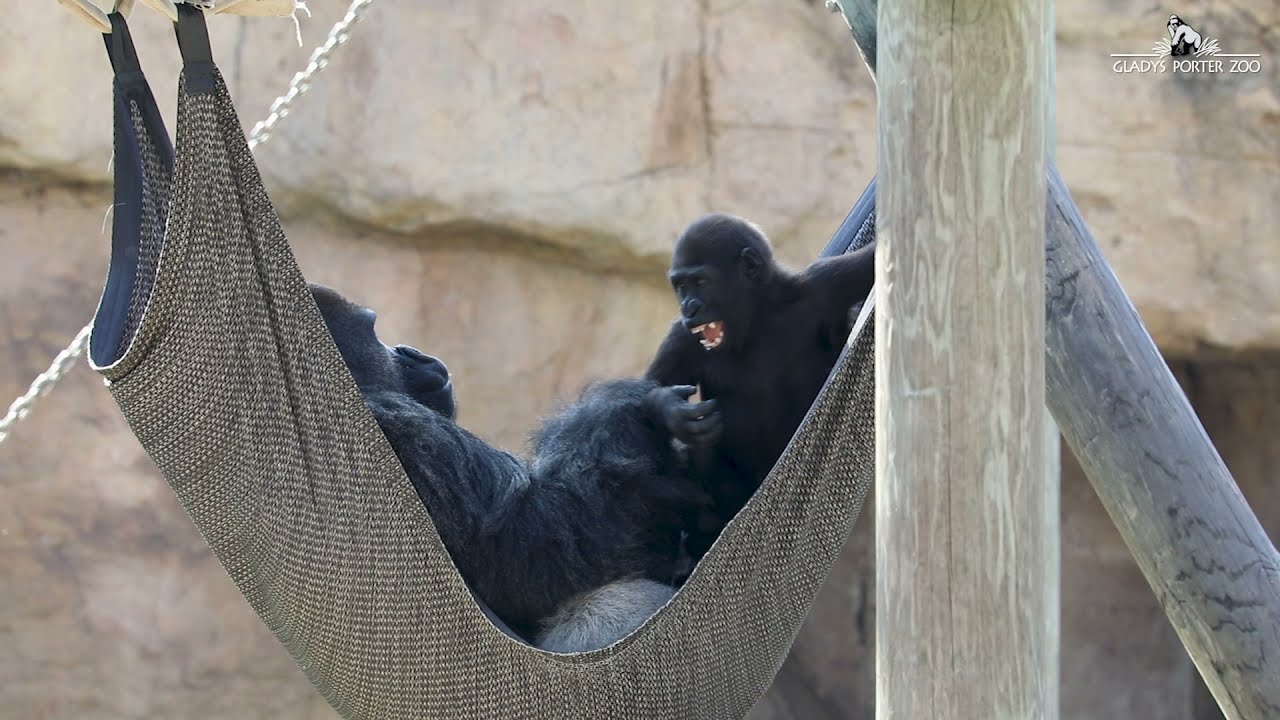- Understanding the social structure and behavior of gorilla groups, including the roles of baby gorillas and silverbacks.
- Exploring the significance of play behavior in young gorillas and its impact on their development and social learning.
- Examining the implications of family dynamics in gorilla groups for zoo management strategies.
- Discussing the importance of wildlife conservation and habitat preservation for gorilla populations.
- Highlighting the role of educational media, such as videos, in promoting awareness and understanding of gorilla behavior and conservation needs.
Gorillas, our close genetic relatives, exhibit intricate social structures and behaviors that continue to captivate scientists and enthusiasts alike. At the core of gorilla society is the silverback, the dominant male responsible for leading and protecting his group. Female gorillas, sub-adults, and juveniles form the rest of the community, each playing specific roles. Understanding the hierarchy within gorilla families is crucial for both conservationists aiming to protect these majestic primates and zoo managers tasked with providing the best care possible in captivity.
Baby gorillas are a source of wonder, as their playfulness and curiosity are vital to their development and learning. Play is not merely a leisure activity; it functions as a tool for young gorillas to practice essential life skills such as communication, aggression management, and social bonding. The playful ambushing of a silverback by a baby gorilla, as depicted in some videos, highlights complex interactions that are crucial for the young one’s growth. These interactions help establish future relationships and maintain the social balance within the group.
In zoo settings, understanding gorilla behavior is imperative to replicate their natural environment as closely as possible. This knowledge informs habitat design, enrichment activities, and group dynamics management. Zoo professionals strive to balance meeting the physical and psychological needs of gorillas with broader conservation goals. Adaptations within captivity play a role in ensuring the well-being of these animals, encouraging natural behaviors that provide insights into their wild counterparts.
The conservation of gorillas is a pressing issue, given the threats they face in the wild, such as habitat destruction and poaching. Effective conservation strategies require collaboration between wildlife reserves, local communities, and international organizations. Protecting gorilla habitats is as crucial as preserving genetic diversity, which can be strengthened through well-managed captive breeding programs in zoos worldwide. These efforts underscore the importance of a coordinated approach to conservation that involves both in-situ (in the wild) and ex-situ (in captivity) strategies.
In the digital age, media plays a vital role in shaping public perception and understanding of wildlife. Videos showcasing gorilla behavior, including playful interactions like a baby gorilla ambushing a silverback, serve as powerful educational tools. They can inspire curiosity, empathy, and action among audiences. Such content bridges the gap between scientific research and public engagement, promoting awareness about the importance of safeguarding gorilla populations and their habitats.
In conclusion, the interactions between baby gorillas and silverbacks, as illustrated by various video texts, provide a window into understanding gorilla behavior and family dynamics. These insights are invaluable for advancing zoo management practices and conservation efforts. By sharing knowledge through engaging media, we can foster a deeper respect and commitment to preserving these magnificent animals and the ecosystems they inhabit.
*****
Source Description
When you’re trying to relax but your kid wants to play😂
As strong as Mbundi is, he’s always so gentle when playing with the youngsters.


